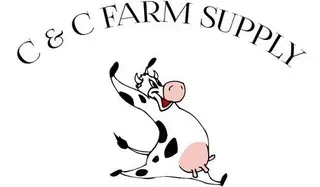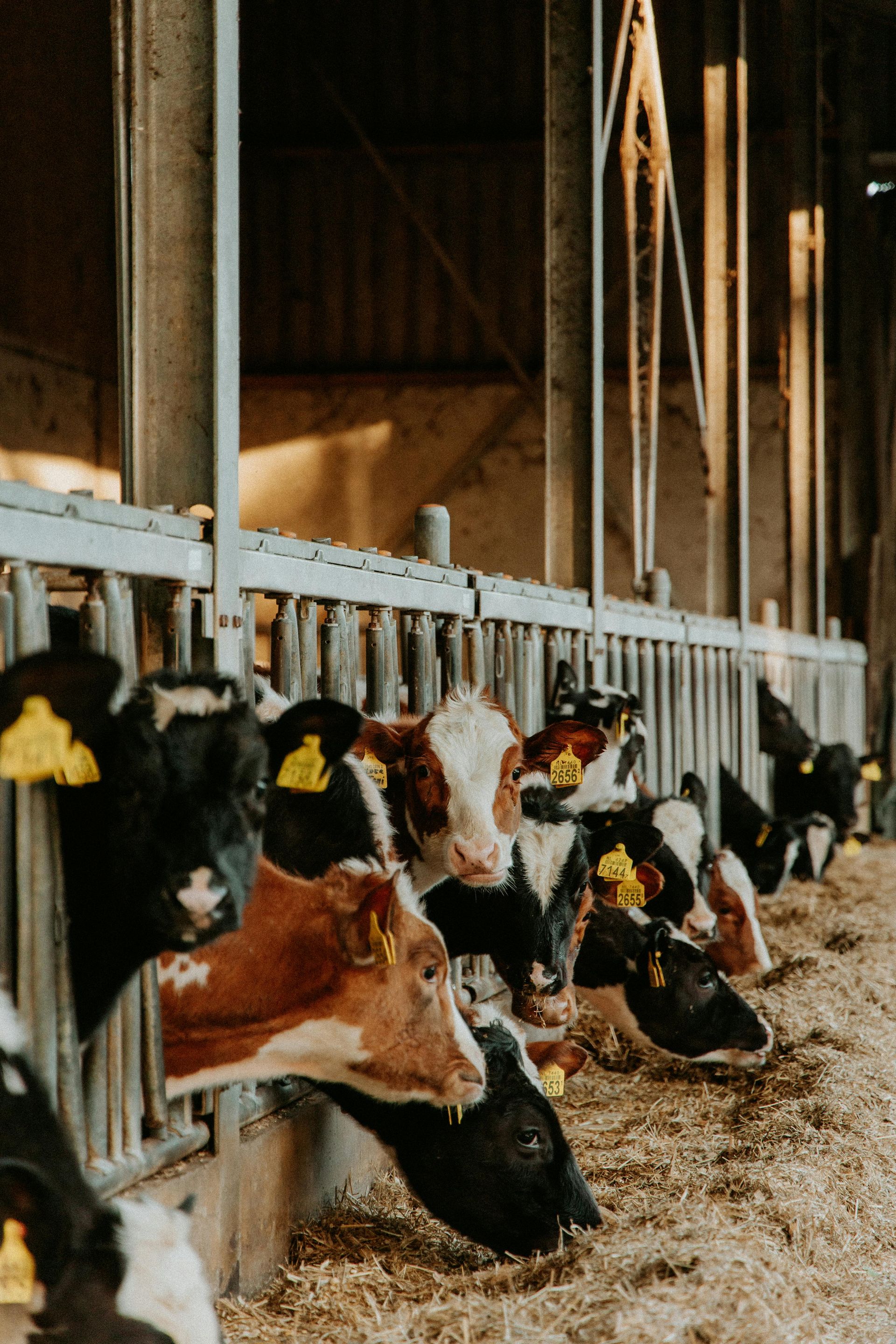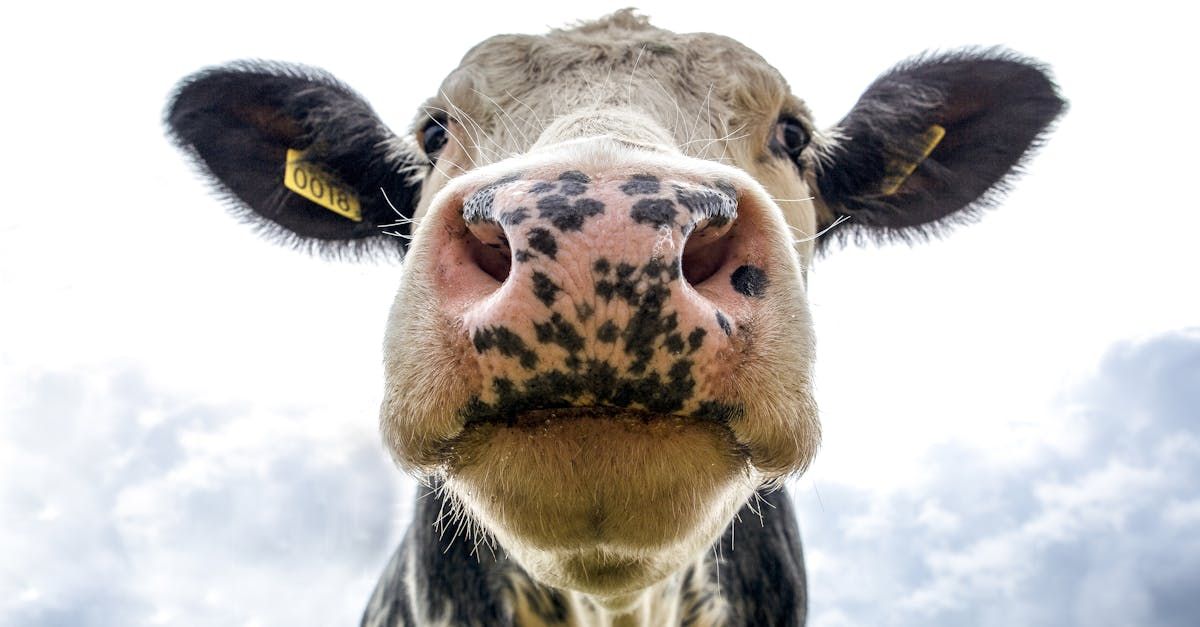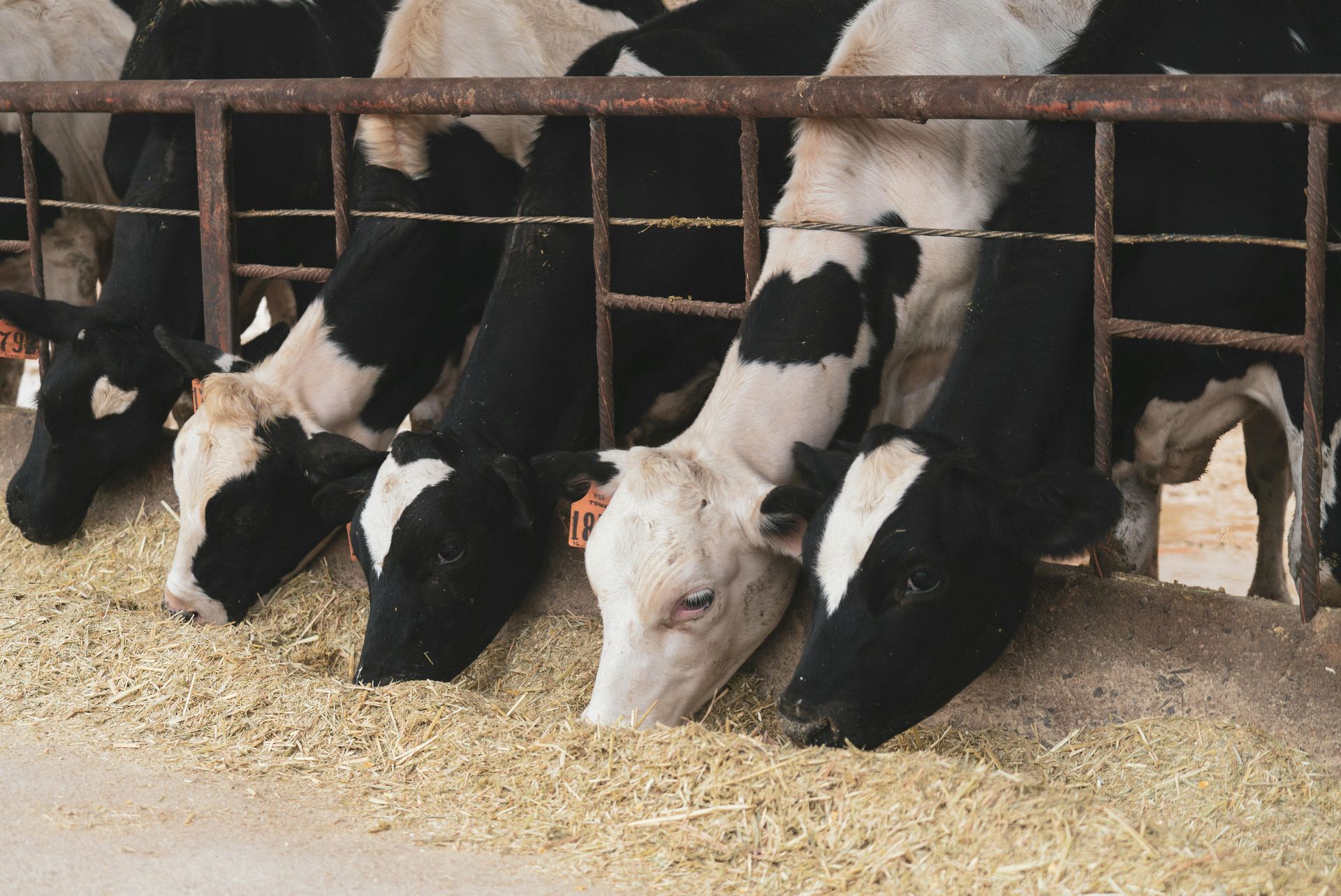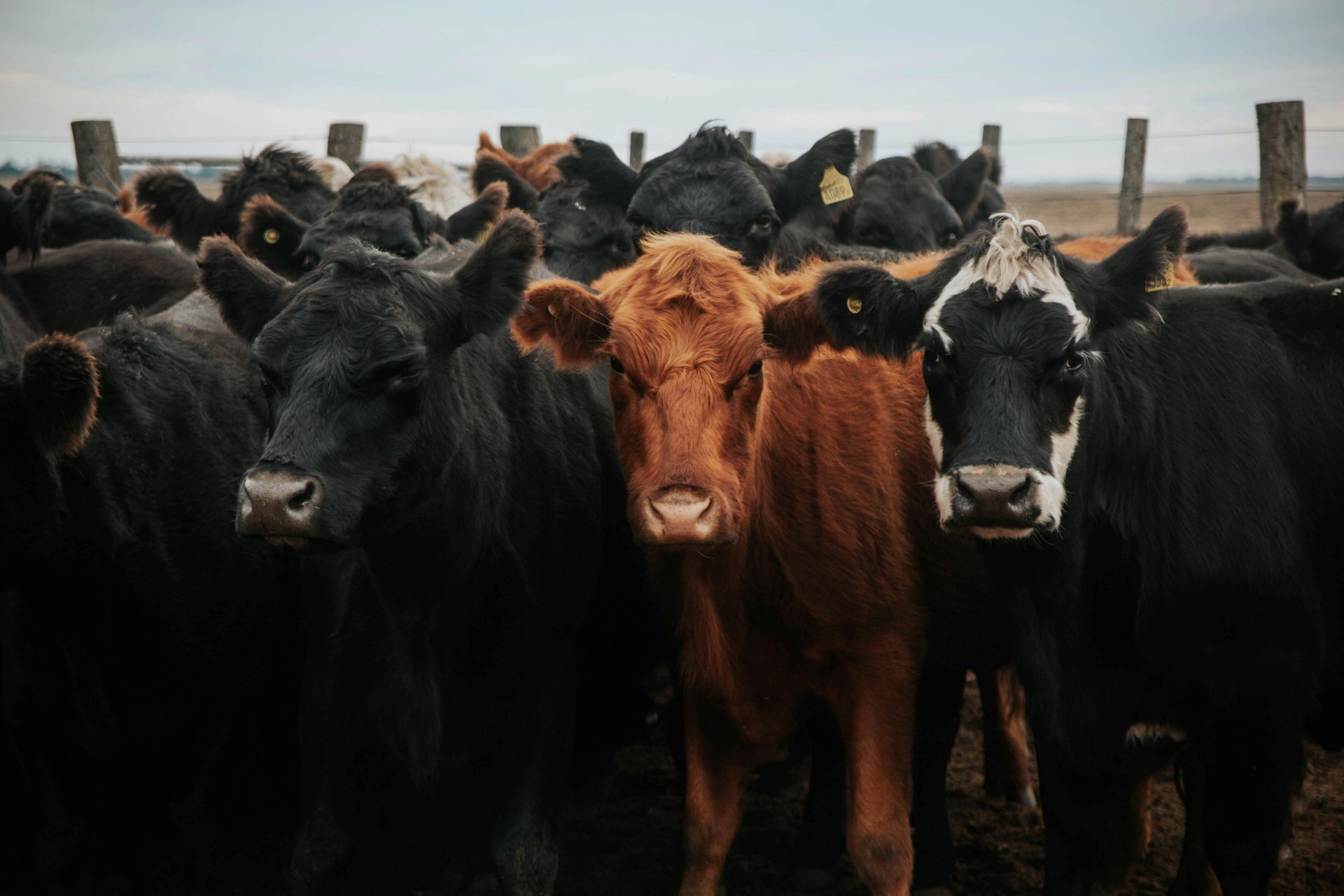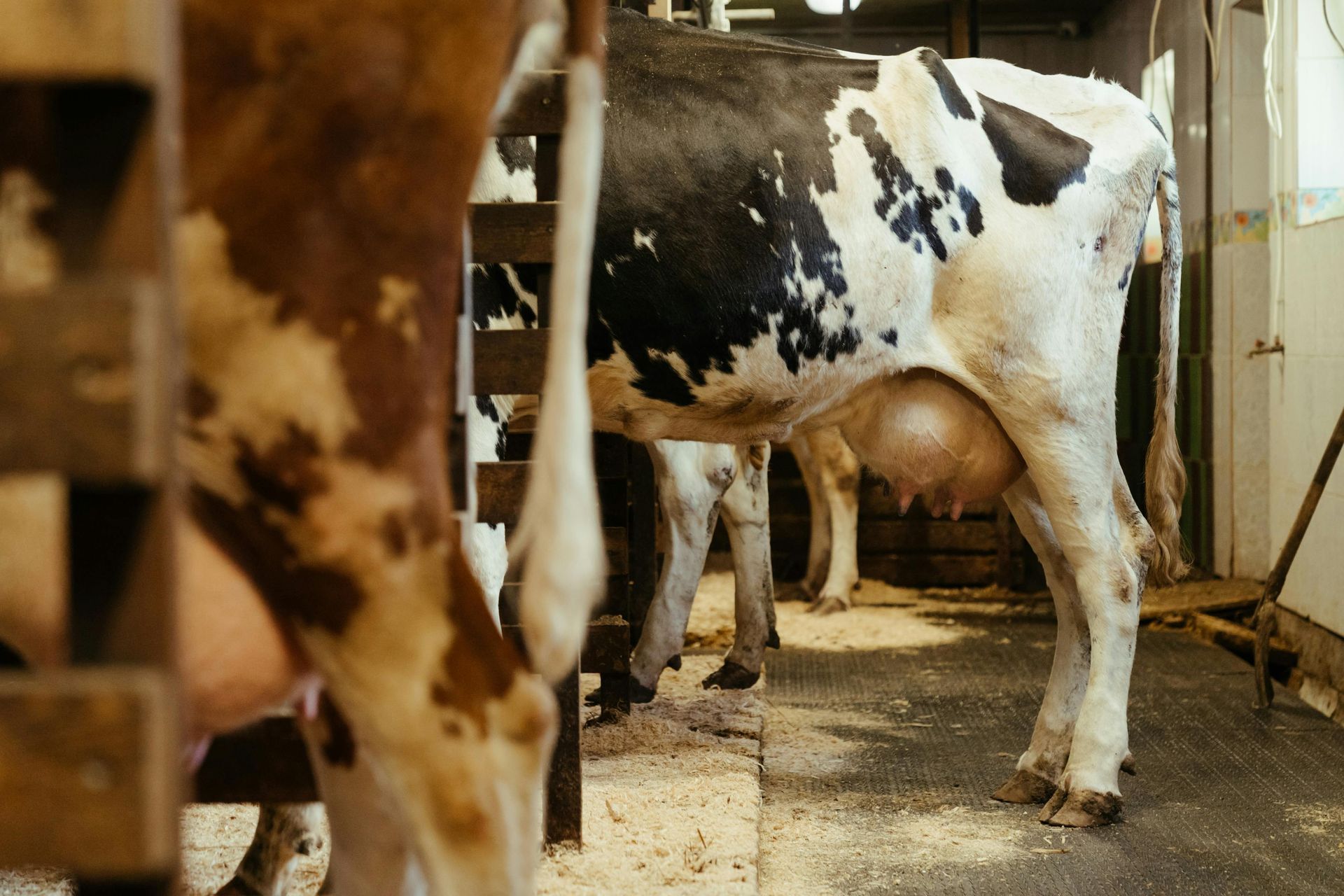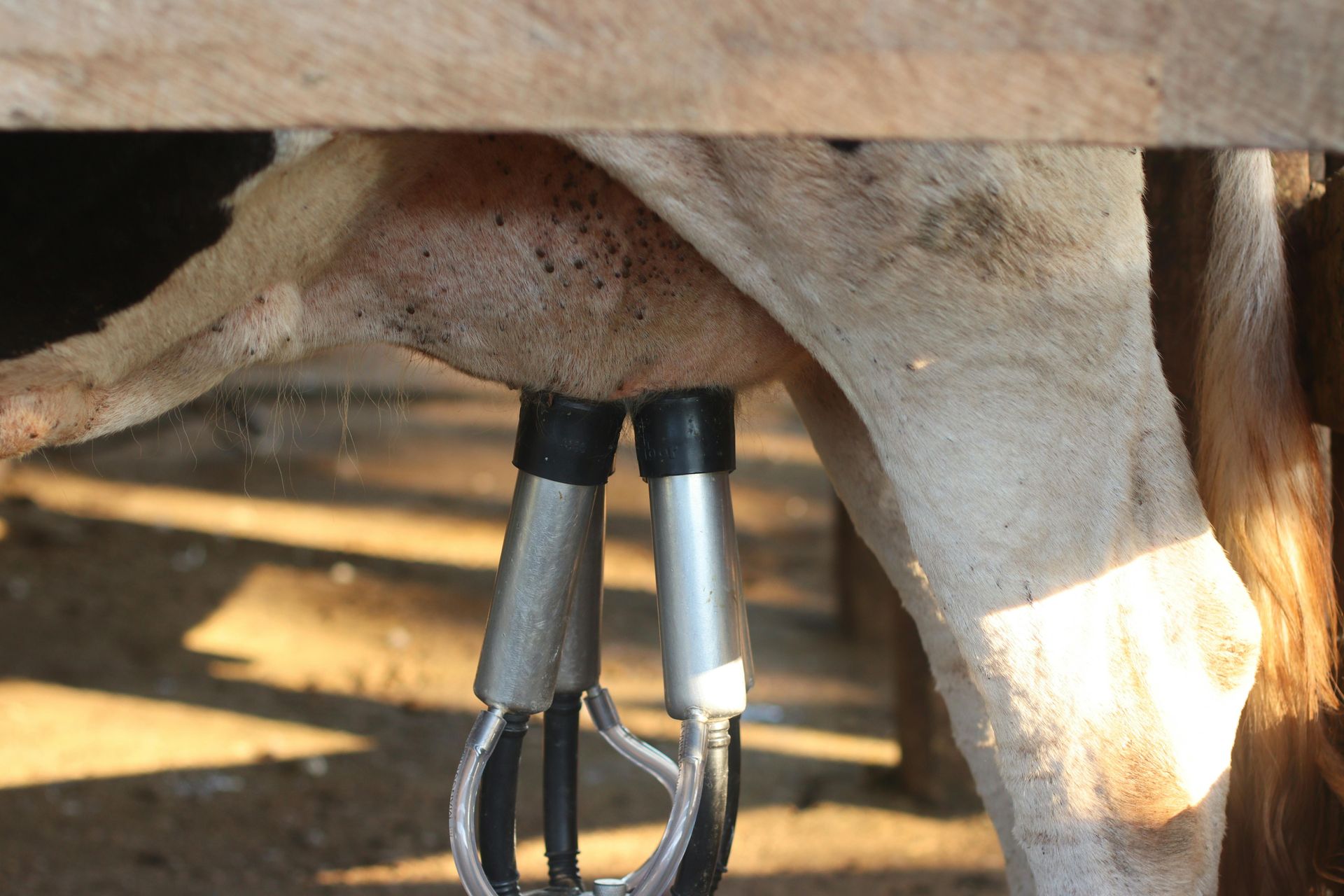What Every Dairy Farmer Should Know About Milking Systems
Dairy farming is a meticulous blend of tradition and technology, and at its heart lies the milking system. This isn't just a collection of machines; it's the lifeline of your operation, directly impacting cow health, milk quality, and your bottom line. Choosing, maintaining, and understanding your milking system is paramount for any dairy farmer aiming for efficiency and sustainable success. A well-designed system reduces stress on your herd, optimizes labor, and ensures the highest standards of hygiene. At C&C Farm Supply, we know that ignoring the intricacies of your milking equipment can lead to decreased milk production, increased veterinary costs, and a host of operational headaches.
Key Takeaways
- Choose a milking system based on herd size, farm layout, labor, and budget, not popularity.
- Regular maintenance (cleaning, part replacement, calibration) is essential for optimal performance and longevity.
- A comfortable, stress-free milking experience (proper vacuum, pulsation, parlor design) increases milk yield and cow health.
- Modern systems provide data, automation, and diagnostics for improved farm management.
- Strict cleaning and sanitization prevent mastitis and ensure high-quality milk.
Understanding Different Milking Systems
The world of milking systems offers a variety of options, each with its own advantages and considerations.
Tie-Stall Milking: This traditional method involves cows being milked in their stalls. It's often suitable for smaller herds due to its lower initial cost and simpler setup. However, it is labor-intensive and doesn't offer the same efficiency as more automated systems for larger operations.
Pipeline Milking Systems: In this system, milk flows directly from the cow's udder through pipelines to a bulk tank, eliminating the need to carry milk buckets. It's a significant step up in efficiency from tie stalls and can accommodate larger herds. It requires a dedicated milking parlor and regular cleaning of the pipelines.
Herringbone Parlors: Named for the angled positioning of cows, herringbone parlors allow for the efficient milking of multiple cows simultaneously. This design improves cow flow and operator access, making it a popular choice for medium to large-sized dairies.
Parallel Parlors: Similar to herringbone but with cows standing side-by-side, parallel parlors maximize the number of cows that can be milked at once in a given space. This design is highly efficient for very large herds and offers excellent operator accessibility to the udder.
Rotary Parlors (Rotaries): The pinnacle of high-volume milking, rotary parlors feature a rotating platform where cows step on, are milked, and then step off. This system is designed for maximum throughput and efficiency in large-scale dairy operations, significantly reducing milking time per cow.
Robotic Milking Systems: Representing the forefront of dairy technology, robotic milkers like the AMS - Automatic Milking Systems allow cows to be milked voluntarily, 24/7, without direct human intervention. These systems offer unparalleled data collection on individual cow performance, reduce labor, and can improve cow welfare by eliminating fixed milking times. However, they come with a higher initial investment and require a different management approach.
When selecting a system, consider your current herd size, anticipated growth, labor availability, and your long-term vision for the farm. Each system has unique requirements for installation, maintenance, and operation.
The Importance of Proper Maintenance
A milking system is a complex machine, and like any machinery, it requires diligent maintenance to perform optimally and prevent costly breakdowns.
Daily Cleaning and Sanitization: This is non-negotiable. After every milking, the system must be thoroughly cleaned and sanitized to prevent bacterial growth, which can lead to mastitis and compromise milk quality. This includes flushing lines, washing clusters, and ensuring all contact surfaces are spotless.
Regular Component Checks: Regularly inspect vacuum pumps, pulsators, regulators, and milk lines for wear and tear. Worn parts can lead to fluctuating vacuum levels, uneven pulsation, and ultimately, udder health issues.
Liner Replacement: Teat cup liners (inflations) are critical components that come into direct contact with the cow's teats. They have a limited lifespan and should be replaced according to manufacturer recommendations (typically every 1,000-2,000 milkings or every 6 months). Worn liners can cause teat end damage, discomfort, and contribute to mastitis.
Vacuum Level Calibration: Maintaining the correct vacuum level is vital for efficient and gentle milking. Regularly check and calibrate your vacuum pump and regulator to ensure consistent and appropriate vacuum.
Professional Servicing: Schedule regular professional servicing with a qualified technician. They can perform comprehensive diagnostics, identify potential issues before they become major problems, and ensure your system is operating at peak efficiency.
Proactive maintenance not only extends the lifespan of your equipment but also directly impacts cow health, milk quality, and your overall farm profitability.
Ensuring Cow Comfort and Udder Health
A comfortable cow is a productive cow. The milking process, while routine, can be a source of stress if not managed correctly.
Proper Vacuum Levels and Pulsation: Incorrect vacuum levels can cause teat damage, discomfort, and incomplete milking. Similarly, properly functioning pulsators are essential for providing the necessary massage phase to promote blood flow and prevent teat congestion. Regular checks of these parameters are crucial.
Pre-Milking Preparation: Thorough pre-milking preparation, including forestripping (to check for abnormalities and stimulate milk let-down), cleaning, and drying the teats, is vital. This stimulates oxytocin release for efficient milk ejection and removes bacteria from the teat surface.
Post-Milking Teat Dipping: Immediately after cluster removal, teats should be dipped in an effective germicidal solution. This helps seal the teat canal, which remains open for a short period after milking, preventing bacteria from entering the udder and causing infection.
Stress Reduction: A calm and quiet milking environment is beneficial. Avoid loud noises, sudden movements, or aggressive handling of cows. Smooth cow flow into and out of the parlor also contributes to a stress-free experience.
Monitoring Udder Health: Regularly monitor your herd for signs of mastitis, such as swollen udders, abnormal milk, or changes in cow behavior. Early detection and treatment are key to preventing widespread infection and maintaining milk quality. Implementing a robust mastitis control program is essential for any dairy operation.
Prioritizing cow comfort and udder health not only benefits the animals but also directly contributes to higher milk yields, lower veterinary costs, and a more sustainable operation.
Improved Technology in Milking
Modern milking systems are increasingly integrated with advanced technology, offering dairy farmers unprecedented insights and automation.
Milk Meters and Sensors: These devices provide real-time data on individual cow milk production, milk conductivity (an indicator of mastitis), and even milk temperature. This data allows for early detection of health issues and more precise feeding strategies.
Herd Management Software: Software platforms integrate data from various sources within the dairy, including milking systems, feeding systems, and animal health records. This allows farmers to monitor individual cow performance, track breeding cycles, manage health protocols, and make data-driven decisions.
Automatic Cluster Removers (ACR): These systems automatically detach the milking cluster once milk flow drops to a predetermined level, preventing overmilking and potential teat damage. Automatic Cluster Removers also reduce labor requirements and improve efficiency.
Automated Teat Spraying/Dipping: Robots or automated systems can apply post-milking teat dip, ensuring consistent and thorough coverage for every cow, further enhancing udder health.
Activity Monitors and Rumen Boluses: While not strictly part of the milking system, these technologies provide valuable data that can be integrated with milking system data. Activity monitors track estrus cycles and early signs of illness, while rumen boluses monitor internal body temperature and activity. This holistic approach to data allows for more comprehensive animal health and productivity management.
Frequently Asked Questions
How often should milking liners or inflations be replaced?
Replace milking liners every 1,000-2,000 milkings or 6 months (whichever is first). Worn liners harm cows, reducing milk flow and increasing mastitis risk. Always follow manufacturer guidelines.
What are the signs of a malfunctioning vacuum pump or pulsator?
Malfunctioning vacuum pumps (inconsistent vacuum, slow milking, unusual noises) and pulsators (uneven pulsation, reduced massage, wear) cause incomplete milking, udder discomfort, and increased mastitis risk, requiring prompt repair.
What is the biggest advantage of a robotic milking system for a small dairy farm?
For smaller dairies, robotic milking systems optimize labor, enhance cow health, and ensure consistent, high-quality, gentle milking, freeing farmers for other tasks.
How can I ensure proper cleaning and sanitation of my milking system?
Consistent post-milking flushing with proper detergents and sanitizers, following manufacturer guidelines for concentration and temperature, is crucial for milk quality and udder health. Regularly inspect components for residue and ensure proper drainage.
What steps should I take to troubleshoot a sudden drop in milk production?
Sudden milk drop? Check cow health/feeding. Inspect milking system (vacuum, pulsator, liners). If persistent, consult vet/technician for mastitis, feed, or system issues.
Final Thoughts
Investing in a well-chosen and diligently maintained milking system is one of the most critical decisions a dairy farmer can make. It's an investment that pays dividends in improved cow health, increased milk quality, enhanced operational efficiency, and ultimately, a more profitable and sustainable farm. By understanding the different systems available, committing to dairy or rigorous maintenance, prioritising cow comfort, and embracing technological advancements, farmers can ensure their milking operation is a cornerstone of their success. For expert guidance tailored to your operation, don’t hesitate to
contact us.
